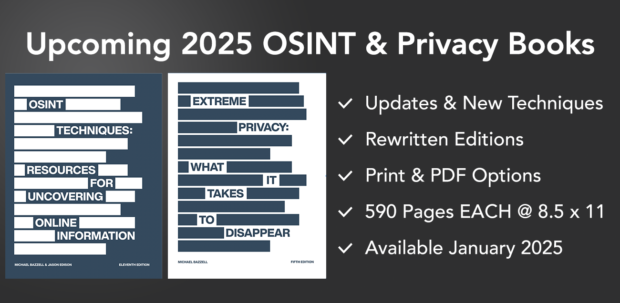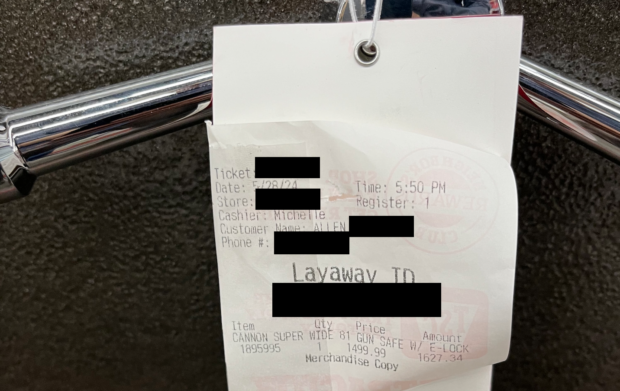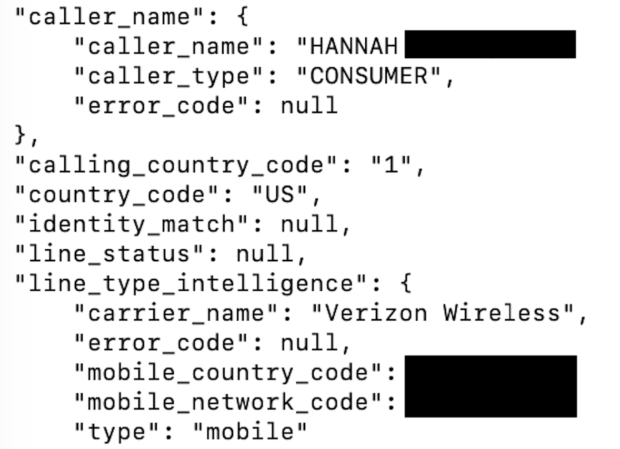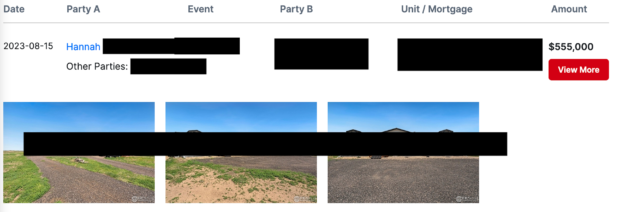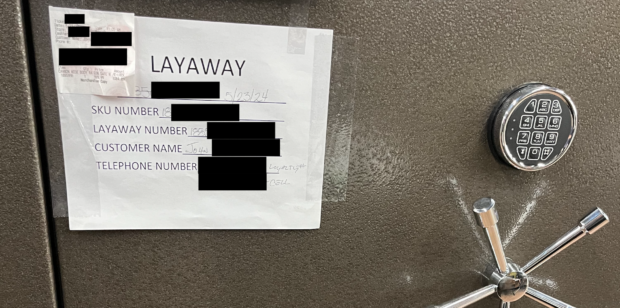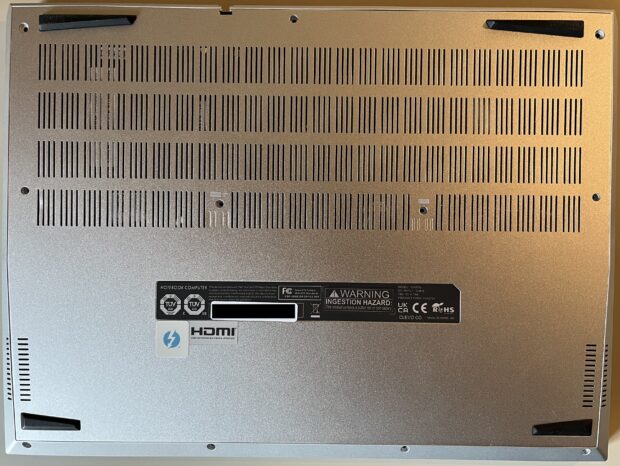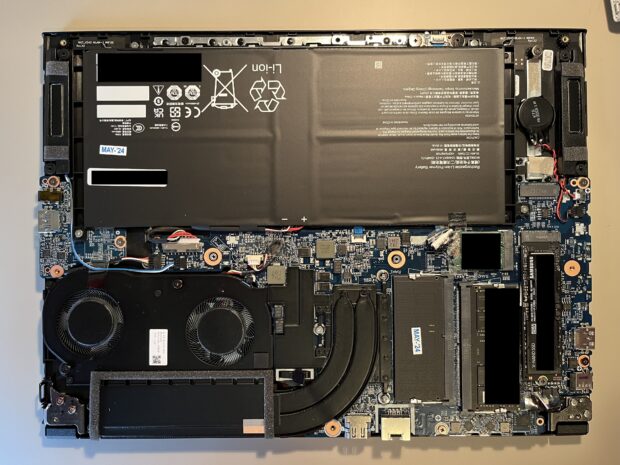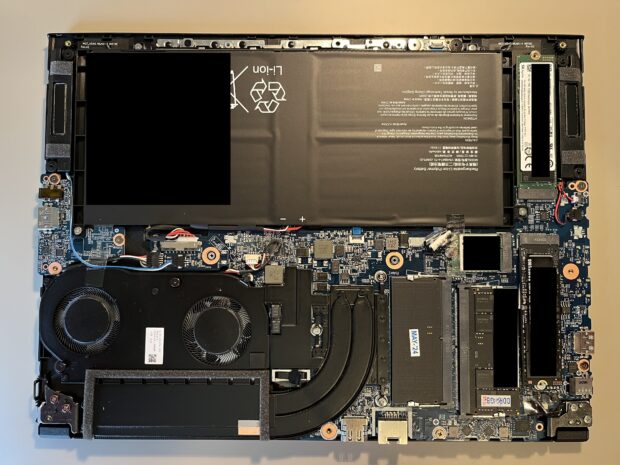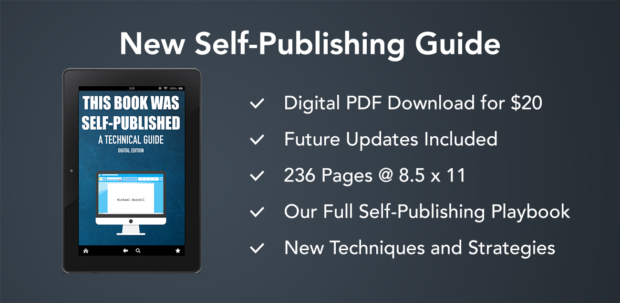2024 is half-way over, and we are way overdue for a book status update. We like to be transparent about future book releases, as we know that might sway some readers to postpone a purchase, and others to pull the trigger. Many readers are asking about the next E-book release. After talking with my staff, I can now report that there will be NO new SUPPLEMENT PDF titles released for the rest of 2024. The current six supplemental guides cover most of the technical topics, and we will deliver updates to those as needed, as we have been doing. That brings us to 2025.
OSINT Techniques:
The current (10th) edition of OSINT Techniques was written in 2022 and released January 1st, 2023. Until then, we had been releasing a new edition every year on that date in order to provide training manuals for numerous universities, colleges, academies, and private instructors. In late 2023, many people reached out and inquired about a new edition for 2024. Our response was a firm "NO". We had reached the page count limit by KDP and our Amazon account had been suspended for somehow being a shady character (I tried to order my own book). On top of that, we had been testing the waters with E-book releases, and the response was overwhelmingly positive. We released the Virtual Machines and Breach Data guides to provide some much needed updates and carried on with the 10th Edition.
Here we are a year and a half later, and the requests for a new edition are still coming in. At first, it was still a "No", but a few things have changed. KDP has increased their page count limit, which allows us to revisit new content. Amazon has reinstated me on super secret probationary status, and they insist they will allow me to publish another book through KDP. Finally, and this is the big one, Jason Edison has agreed to co-write a new edition with me. He is actually going through every page of the book telling me what is now wrong, and what could be better. If all goes well, I anticipate the new 11th edition of OSINT Techniques will be released on January 1st, 2025. We plan to offer both print and digital copies and will incorporate everything from the two OSINT supplemental guides, the 10th edition of the print book, and all new training materials into one huge release. As always, we will provide free updates through the online book portal. As promised, we will continue to provide free updates to the supplemental OSINT digital guides as needed.
Extreme Privacy:
The current (4th) edition of Extreme Privacy was written in 2021 and released in 2022. That is an eternity ago, but the four digital supplemental guides have greatly increased the shelf-life of that book. We have been discussing a new edition for 2025 based on my outline of a completely rewritten book, which would provide much new content gleaned from the past three years of client work (without the complexity of choice and overwhelming options within the current book). My current outline has over 150 individual, isolated, chronological tasks which can be completed with less confusion. This allows us to offer more guided tutorials which eliminate an abundance of options. If all goes well, I anticipate the new 5th edition of Extreme Privacy (PDF) will be released in late 2024 or early 2025. This will not replace the digital supplements, but will offer a more concise overall action plan which may better suit most readers. Again, as promised, we will continue to provide free updates to all supplemental Privacy digital guides as needed.
Summary:
Expect new editions of OSINT Techniques and Extreme Privacy by early 2025.
Free updates will continue for all digital supplemental guides.
As always, thank you for letting us play a small role in your OSINT and Privacy journeys.
